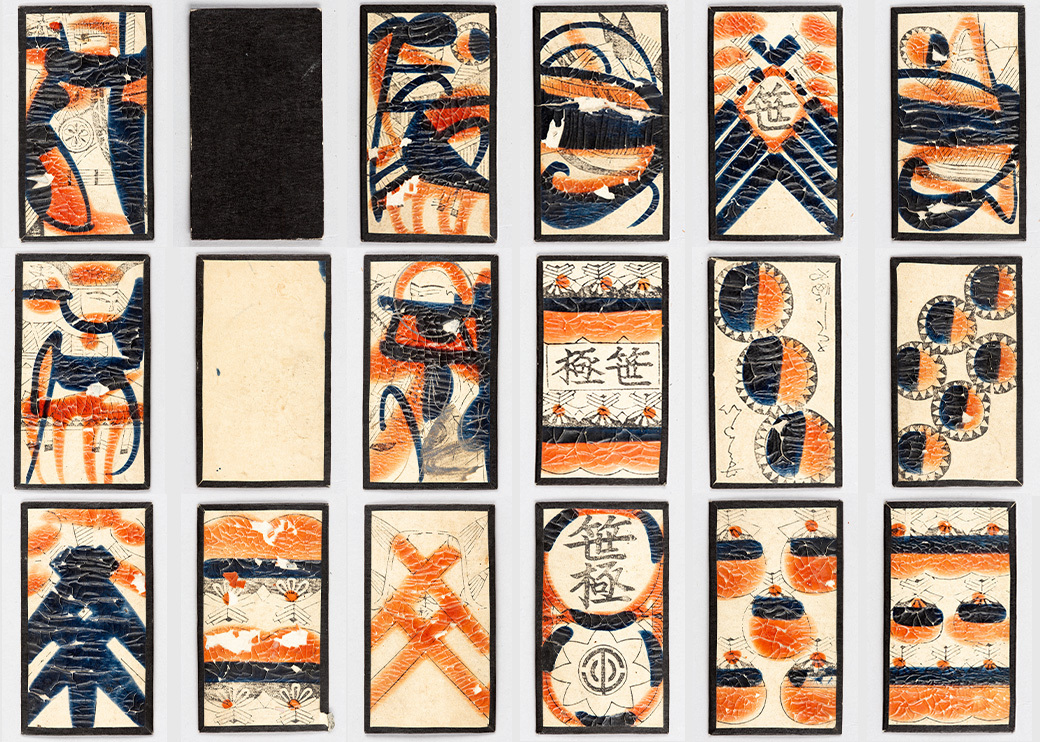
This deck of cards from the collections of the National Museums of World Culture is one of the world's oldest preserved Japanese decks.
It was brought to Sweden in the 1770s by a disciple of Carl von Linné named Carl Peter Thunberg, who bought it during a journey. While his ship was waiting for favorable winds on the way from Nagasaki to Edo, he saw how the Japanese sailors played cards, which he had not seen any Japanese on land do due to the strict prohibitions against card games.
This deck consists of 48 cards and is divided into four suits: staves, swords, cups, and coins, and has three face cards per suit. The deck is a Japanese variant of the Latin deck, which Portuguese merchants and missionaries brought to Japan in the 16th century. Therefore, cards in Japan are called karuta after the Portuguese word carta.
